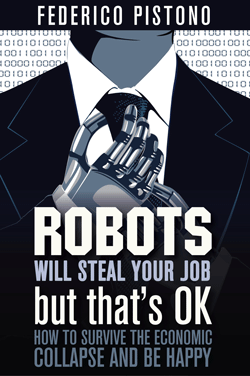Aug 27, 2013
The Unconventional Way Bitcoin Can Make You Wealthy
Posted by Daniel Shafrir in categories: bitcoin, economics, education, finance, philosophy, policy
Originally posted as Part IV of a four-part introductory series on Bitcoin on June 19, 2013 in the American Daily Herald. See the Bitcoin blog for all four articles.
Prologue
I am reminded of Sisyphus, King of Ephyra (later, Corinth), who was referred to by Homer as the craftiest of men. He committed terrible crimes against mere mortals and ‘worse’ still, and with great cunning, he offended Zeus and cheated Death. For his crimes he was eternally condemned to thrusting a heavy boulder up a hill, only having it come rolling back down as he got near the top. Had his earthly actions against his fellow men not violated the non-aggression principle, I could have probably warmed up to him as some sort of tragic hero, doing all he can to live life as he wanted it, while beating the gods at their own game. But given his crimes as a ruler over men, it does seem appropriate that his punishment is an ever-repeating cycle of arduous labor, engendering within him hope of a brighter future, yet concluding with dashed dreams and a return to square one. After all, to this day, rulers are notorious for repeating past mistakes while expecting different outcomes (a condition humorously defined by Einstein as insanity).
National currencies
Continue reading “The Unconventional Way Bitcoin Can Make You Wealthy” »









